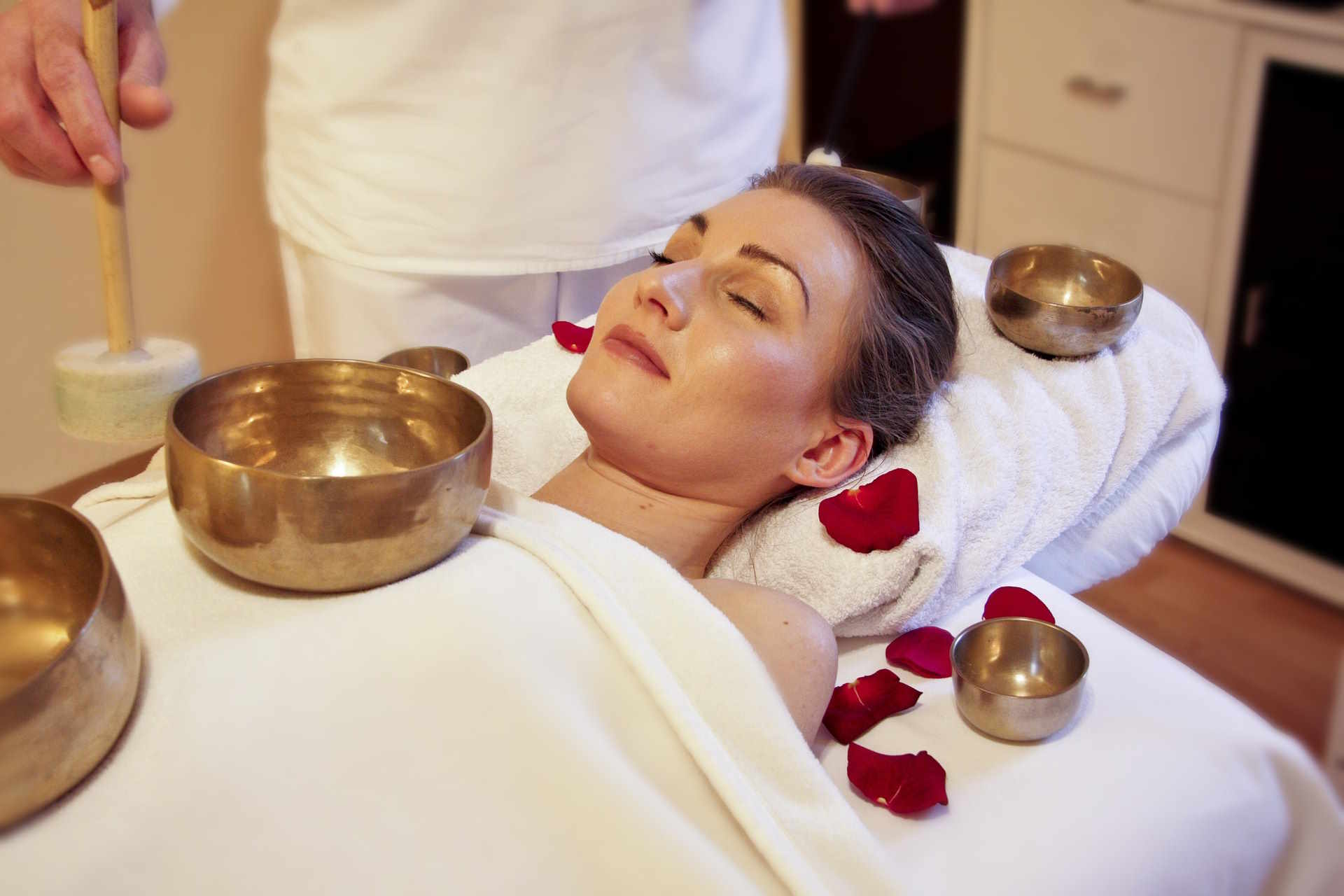The Growing Significance of Mindful Movement in Health and Wellness
Ever wondered how the way you move could impact your overall health and wellness? How the simple act of being aware of your movements can make a profound change in your physical, mental, and emotional well-being? Welcome to the world of mindful movement, a holistic approach that is steadily gaining traction in the health and wellness community.

Mindful movement, a concept rooted in ancient practices like yoga and tai chi, is now being recognized in modern science for its myriad benefits. What once was an obscure concept limited to holistic wellness is now being embraced by a wider audience, thanks to a host of scientific studies that reiterate its importance in maintaining overall health and wellness.
The Journey of Mindful Movement
The origins of mindful movement can be traced back to practices like yoga, qigong, and tai chi that originated in the eastern world. These practices emphasized the harmony between mind and body, and the significance of being present in the moment. With time, these practices started gaining recognition in the western world and evolved into the concept of mindful movement.
The past few decades have seen an increasing number of scientific studies highlighting the benefits of mindful movement. This has led to its integration in various physical health and mental health treatment programs, making it a popular complementary therapy.
Current Trends and Research Insights
Mindful movement is being increasingly recognized for its role in stress reduction, enhancing mental health, improving posture and balance, and even managing chronic conditions like heart disease and diabetes. Research shows that practicing mindful movement regularly can lead to considerable improvements in overall health and well-being.
A recent study published in the Journal of Aging and Physical Activity found that mindful movement practices like yoga and tai chi can significantly improve balance and mobility in older adults. Another study published in the Journal of Clinical Psychology revealed that mindful movement can reduce symptoms of stress, anxiety, and depression.
Understanding the Practice and Its Credibility
Mindful movement involves being fully present and aware during any physical activity. It’s about focusing on how your body moves and feels during the activity, rather than just doing the activity with a mechanical approach. This could be as simple as being aware of your breath while walking or focusing on your body movements during a workout.
The efficacy of mindful movement is backed by extensive research. A 2016 meta-analysis published in the Journal of Behavioral Medicine concluded that mindful movement practices are effective in reducing stress, improving emotional health, and enhancing quality of life.
The Balance Between Depth and Accessibility
While mindful movement might seem complex, it is a practice that can be easily incorporated into everyday life. It doesn’t require any special equipment or a specific setting. All it takes is a shift in perspective and a conscious effort to be more present in the moment.
Practical Insights on Mindful Movement
-
Start with simple activities: You can start by being mindful during everyday activities like walking or doing household chores. Focus on your breath, your body movements, and how they make you feel.
-
Practice regularly: Like any other skill, mindful movement gets better with practice. Make it a part of your daily routine for maximum benefits.
-
Use it as a stress buster: Feeling overwhelmed? Take a few moments to practice mindful movement. It can be an effective way to calm your mind and body.
-
Explore different forms: Mindful movement is not limited to any specific activity. You can explore different forms like yoga, tai chi, or even dance. Choose what resonates with you the most.
In conclusion, mindful movement offers a unique and holistic approach to health and wellness. It goes beyond just physical health, touching upon mental and emotional well-being. By incorporating mindful movement into our routines, we can tap into a powerful tool to enhance our overall quality of life. After all, wellness is not just about being free from illness, but it’s about being aware and present in our lives, every step of the way.




